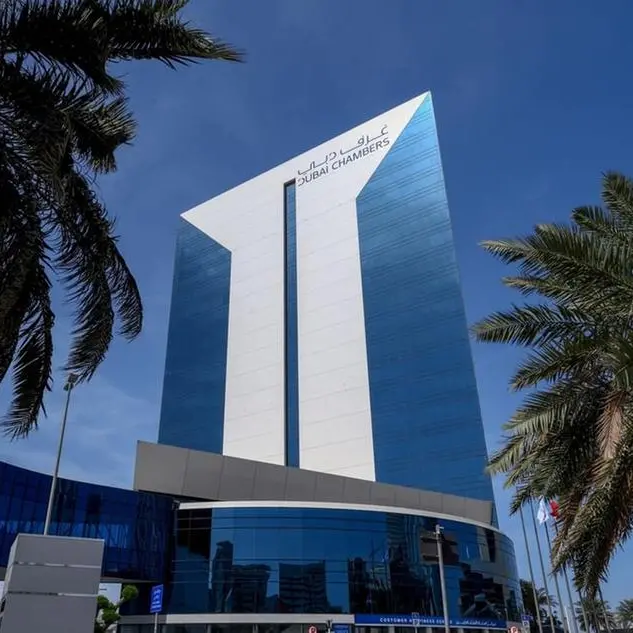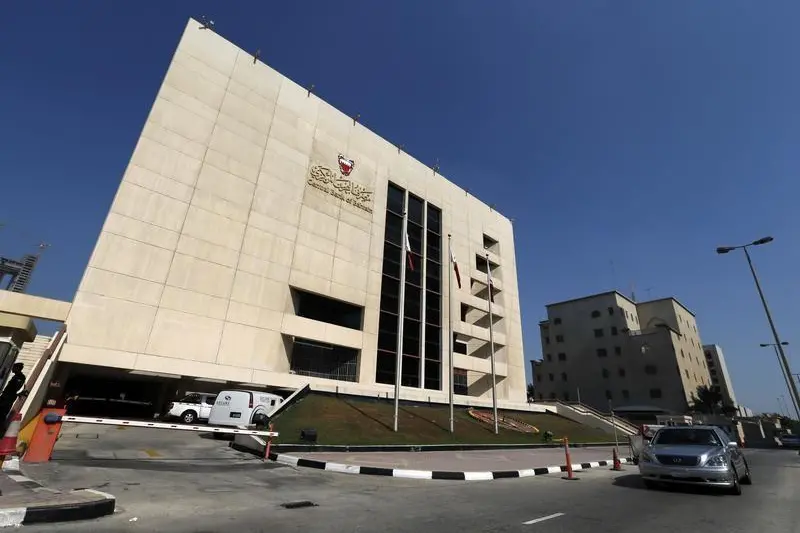15 April 2014
MUSCAT -- The total revenue of the banking sector for the first quarter of 2014 is estimated to be at RO 187.2 million, an increase of 10.4 per cent year on year amid relatively improved growth outlook and higher non-interest income.
Credit addition is expected to be at 10 per cent levels lead by draw downs in big ticket project lending and continued government spending.
"The retail segment is also anticipated to show revival during the current fiscal following addition of new jobs and end of moratorium period on certain regulations", says a research report by Gulf Baader Capital Markets (GBCM).
At the same time, the first quarter earnings of the sector is estimated to decline 8.8 per cent year on year basis to RO 74.3 million on higher base. Excluding one off items, the earnings of the sector are estimated to increase 1 per cent year on year in the quarter, the report points out.
According to the report, credit growth of Bank Muscat will stay in line with the market growth of 2.5 per cent quarter on quarter.
Other operating income contribution is expected to remain high.
The credit off‐take of ahli bank is expected to be marginally higher than the sector growth, the GBCM report says, adding, "continuing lower non-interest income may help the first quarter revenue to increase 2.8 per cent year on year led by loan growth and stable margins".
For BankDhofar, the report says that book growth will continue amid lower margins. The revenue is expected to increase 0.9 per cent year on year and decline 0.8 per cent quarter on quarter due to lower asset yield.
Bank booked net gains of RO 22.9 million from a legal case settlement in the first quarter of 2013.
In the case of BankSohar, the report finds that credit addition is showing an increasing trend.
"We anticipate growth to be in tandem with sectoral growth. Better funding profile will maintain margins", says the report.
National Bank of Oman is expected to increase its contribution from non-interest income, while rationalization of its operating expenses will stay on.
For HSBC Bank Oman, it is still in the process of restructuring.
"Balance sheet remains highly liquid, while prevailing higher operating costs of the consolidated entity will impact the first quarter revenue", says the report.
Bank Nizwa Islamic Banking in Oman is still in early stages of development and awareness creation. Loss in the first quarter is estimated to be around RO 0.95 million compared to losses of RO 2.5 million in the same period last year. Oman's real gross domestic product (GDP) is projected to grow 4.3 per cent in 2014 with credit growth of around 10 per cent -- 12 per cent in nominal terms.
Omani banks are expected to maintain sound capital buffers over the next 12 to 18 months, as internal capital generation to largely match asset growth. With a system Tier 1 ratio of 12.6 per cent and a 130 per cent coverage of non-performing loans by loan-loss reserves as of September 2013, banks have sizable buffers to absorb unexpected losses.
The operating environment is widely seen as supportive of banks' asset quality with non-performing loans (NPLs)remaining below three per cent of gross loans at year-end 2014. System-wide NPLs were 2.2 per cent of total loans in September 2013, unchanged from end-2011, while restructured loans -- which are not classified as NPLs -- represented an additional two per cent
MUSCAT -- The total revenue of the banking sector for the first quarter of 2014 is estimated to be at RO 187.2 million, an increase of 10.4 per cent year on year amid relatively improved growth outlook and higher non-interest income.
Credit addition is expected to be at 10 per cent levels lead by draw downs in big ticket project lending and continued government spending.
"The retail segment is also anticipated to show revival during the current fiscal following addition of new jobs and end of moratorium period on certain regulations", says a research report by Gulf Baader Capital Markets (GBCM).
At the same time, the first quarter earnings of the sector is estimated to decline 8.8 per cent year on year basis to RO 74.3 million on higher base. Excluding one off items, the earnings of the sector are estimated to increase 1 per cent year on year in the quarter, the report points out.
According to the report, credit growth of Bank Muscat will stay in line with the market growth of 2.5 per cent quarter on quarter.
Other operating income contribution is expected to remain high.
The credit off‐take of ahli bank is expected to be marginally higher than the sector growth, the GBCM report says, adding, "continuing lower non-interest income may help the first quarter revenue to increase 2.8 per cent year on year led by loan growth and stable margins".
For BankDhofar, the report says that book growth will continue amid lower margins. The revenue is expected to increase 0.9 per cent year on year and decline 0.8 per cent quarter on quarter due to lower asset yield.
Bank booked net gains of RO 22.9 million from a legal case settlement in the first quarter of 2013.
In the case of BankSohar, the report finds that credit addition is showing an increasing trend.
"We anticipate growth to be in tandem with sectoral growth. Better funding profile will maintain margins", says the report.
National Bank of Oman is expected to increase its contribution from non-interest income, while rationalization of its operating expenses will stay on.
For HSBC Bank Oman, it is still in the process of restructuring.
"Balance sheet remains highly liquid, while prevailing higher operating costs of the consolidated entity will impact the first quarter revenue", says the report.
Bank Nizwa Islamic Banking in Oman is still in early stages of development and awareness creation. Loss in the first quarter is estimated to be around RO 0.95 million compared to losses of RO 2.5 million in the same period last year. Oman's real gross domestic product (GDP) is projected to grow 4.3 per cent in 2014 with credit growth of around 10 per cent -- 12 per cent in nominal terms.
Omani banks are expected to maintain sound capital buffers over the next 12 to 18 months, as internal capital generation to largely match asset growth. With a system Tier 1 ratio of 12.6 per cent and a 130 per cent coverage of non-performing loans by loan-loss reserves as of September 2013, banks have sizable buffers to absorb unexpected losses.
The operating environment is widely seen as supportive of banks' asset quality with non-performing loans (NPLs)remaining below three per cent of gross loans at year-end 2014. System-wide NPLs were 2.2 per cent of total loans in September 2013, unchanged from end-2011, while restructured loans -- which are not classified as NPLs -- represented an additional two per cent
© Oman Daily Observer 2014






















